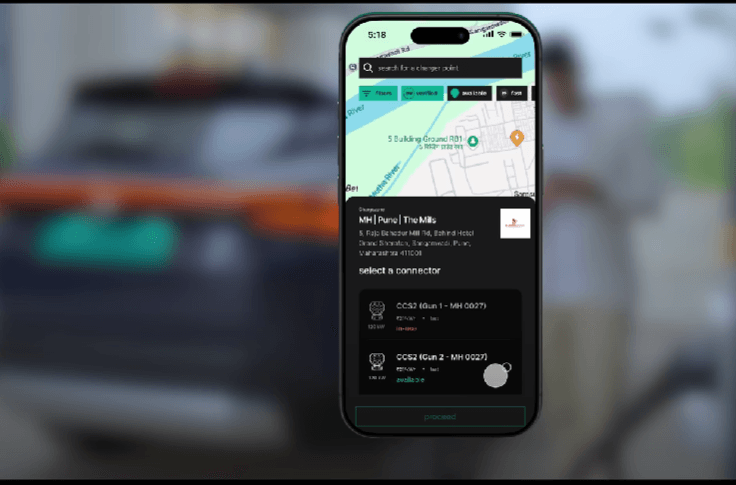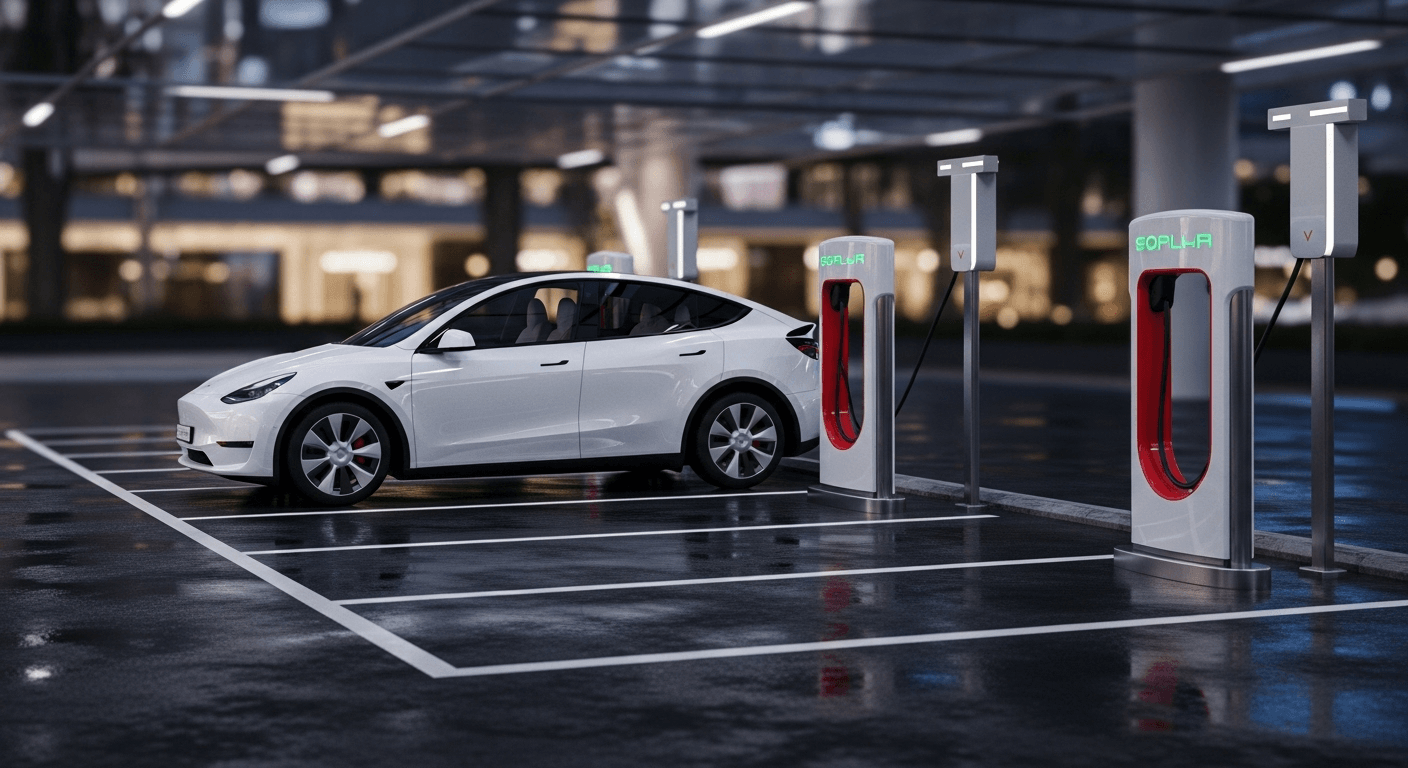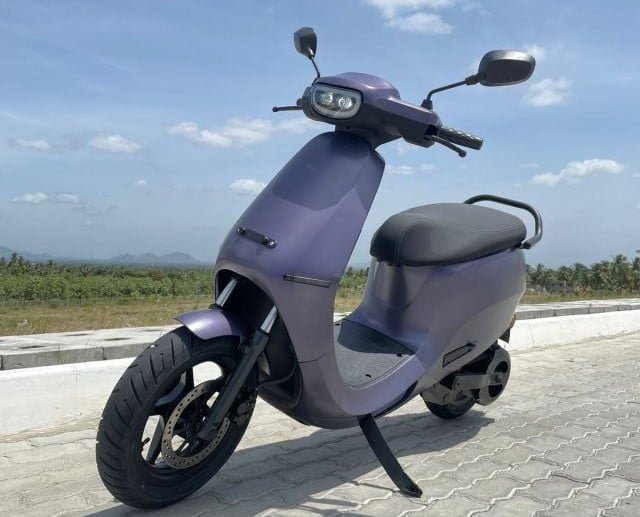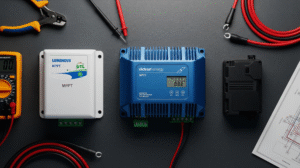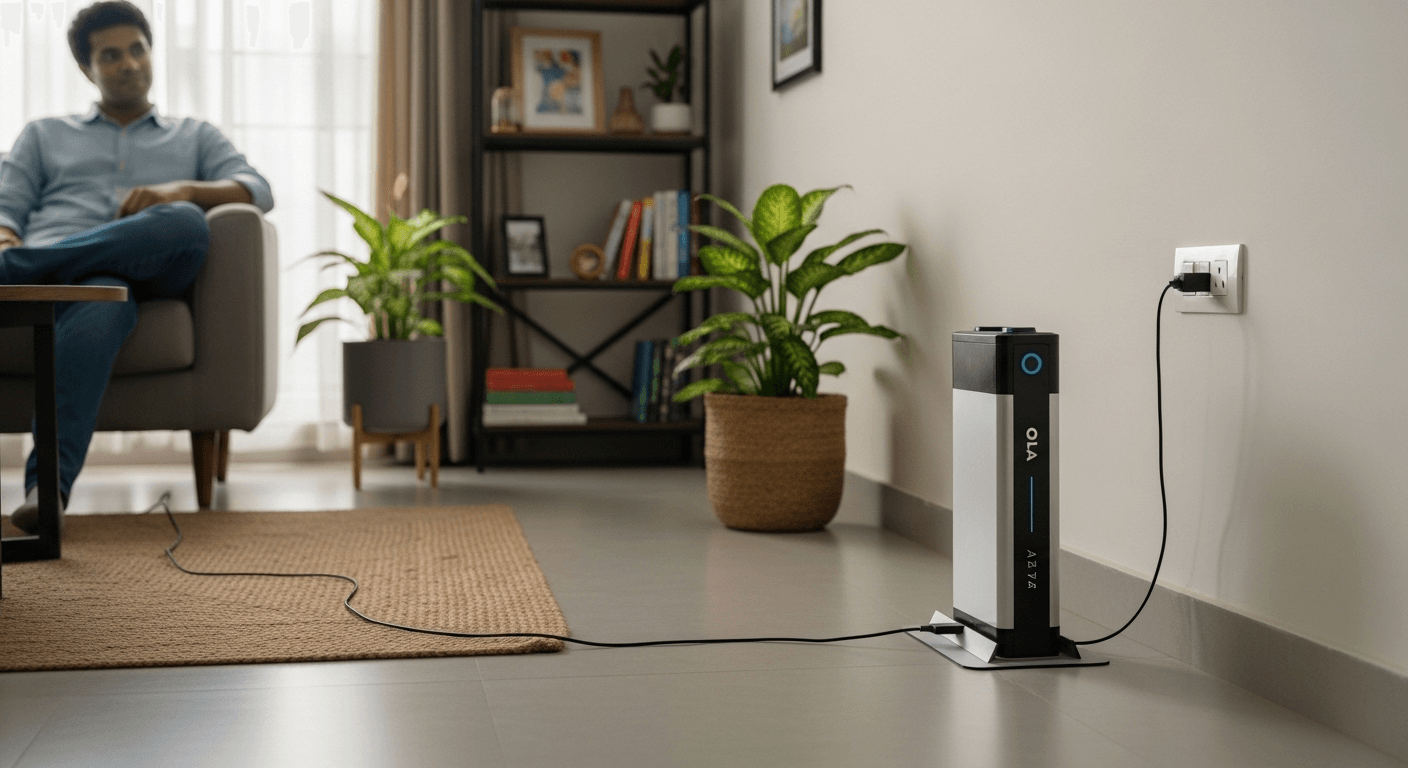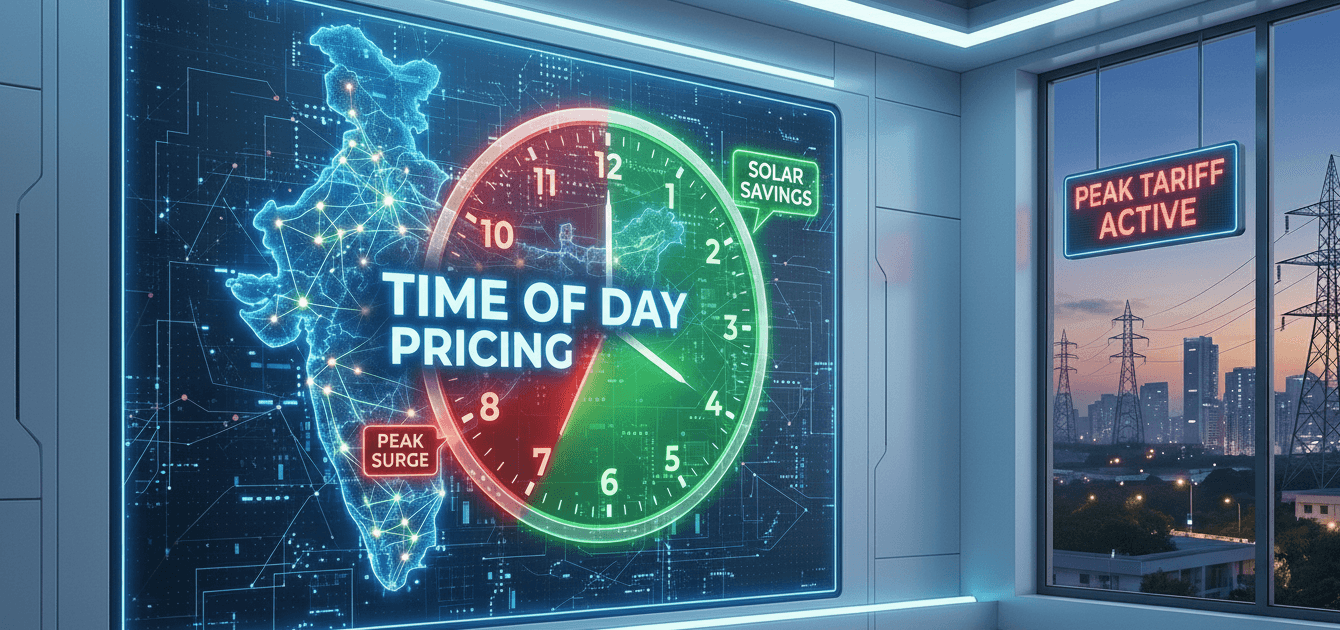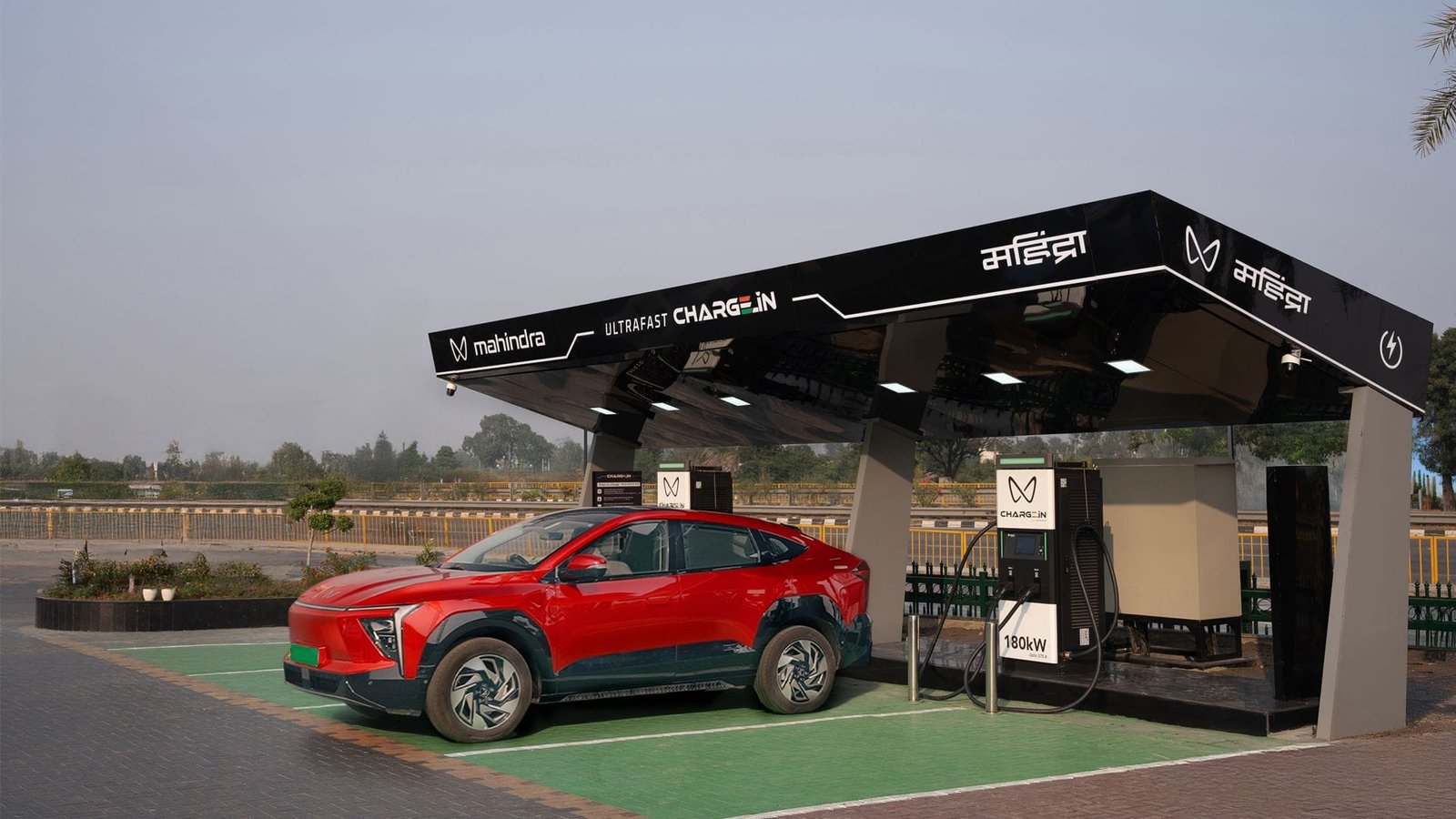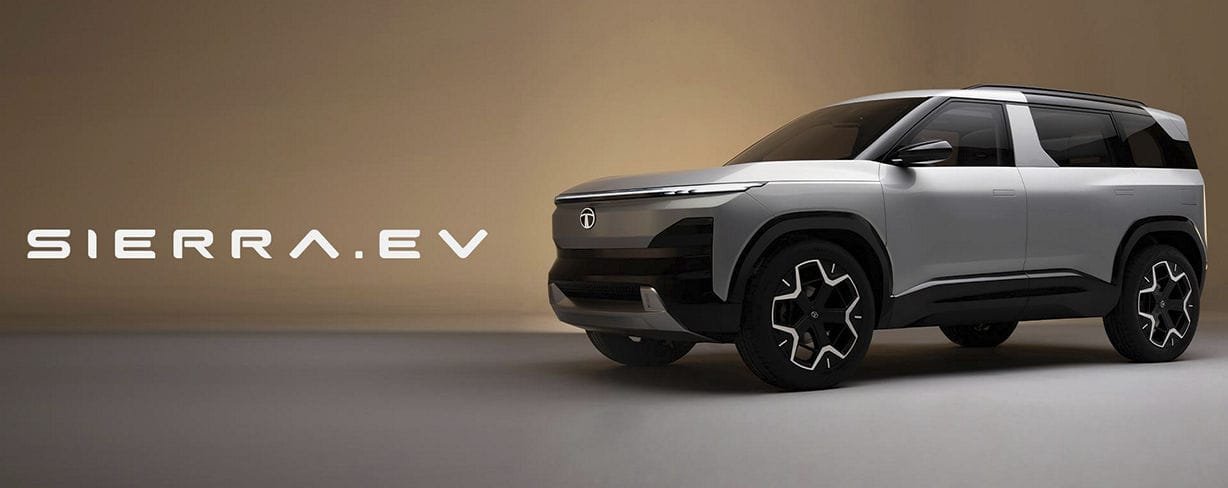The government is planning a unified policy to standardize EV charging across India. We break down what this means for you, your next car, and the future of public charging.
If you own an electric vehicle in India, you know the feeling. You pull into a public charging station, ready for a top-up, only to realize it’s from a different network. You fumble with your phone, trying to find the right app, only to discover you don’t have an account or your payment wallet isn’t linked.
It’s the single biggest frustration in an otherwise amazing ownership experience. This “charging roulette”—a chaotic ecosystem of competing apps, varying payment methods, and inconsistent reliability—is the last major hurdle in India’s EV revolution.
But that entire era of confusion may soon be over.
The Indian government is actively working on a groundbreaking “Unified Policy” designed to create a seamless, interoperable charging network across the entire country. This is the ‘One Nation, One Grid’ of the EV world, and it’s a game-changer for every current and future EV owner.
The Problem: Why India’s Charging Network is a Mess
Before we dive into the solution, it’s critical to understand the problem. The current system is fragmented for several key reasons, a situation many EV owners know all too well.
- App Overload: To reliably travel across a city, an EV owner might need apps for Tata Power EZ Charge, ChargeZone, Statiq, Zeon, and more. Each has its own account and wallet.
- Payment Puzzles: Some stations require a specific RFID card, others a specific digital wallet. There is no universal, simple payment method.
- Reliability Roulette: You arrive at a charger only to find it’s “out of order.” A lack of a unified standard for uptime and maintenance means the charging experience can be a gamble.
As first reported by industry news outlets like Propnewstime, this fragmentation is a major barrier to mass EV adoption, and the government is stepping in to fix it.
The Solution: What a “Unified Policy” Actually Means for You
This new policy isn’t just a suggestion; it’s a plan to build a truly national, user-friendly network. Here are the real-world benefits we can expect, based on the government’s goals and global best practices.
1. Universal “Roaming” for Your EV
Think of this exactly like mobile phone roaming. When you travel to a new state, your Airtel phone still works on a Vodafone tower. The unified policy aims to create the same experience for EVs.
This means you’ll be able to use your single home-network account—for example, your Tata Power EZ Charge app—to seamlessly authenticate, charge, and pay at a charging station from a completely different network, like ChargeZone or Statiq. This concept, known as interoperability, is the core of the new policy.
2. A UPI-Powered Future
The most logical and powerful step forward is to mandate universal payment acceptance through the Unified Payments Interface (UPI). This would be a uniquely Indian solution to a global problem.
Imagine pulling up to any charger in the country and paying with your existing PhonePe, Google Pay, or PayTM app by simply scanning a QR code. This would instantly eliminate the need for dozens of different apps and wallets, making the payment process as simple as buying vegetables at the local market.
3. Standardized Reliability and Uptime
A key part of the new policy will likely be the introduction of mandatory Service Level Agreements (SLAs) for all public charging operators. This means companies will be required to maintain a certain percentage of their chargers in working order (e.g., 99% uptime), with penalties for failing to meet the standard. This moves us from a world of “hope it works” to one of “expect it to work.”
The Vecharged Expert Analysis: The Road Ahead
- What is the timeline for this?
Building a national policy is a complex process involving multiple ministries, private companies, and technical standards. While the government is actively pushing this forward, a realistic timeline for a phased rollout would be over the next 12 to 24 months. You can expect to see pilot programs and initial integrations much sooner. - The Big Picture: A Sign of Market Maturity
This policy is a powerful signal that the Indian EV market is entering its next phase of growth. The revolution is no longer just about selling cars; it’s about building a robust, world-class, and user-friendly ecosystem to support the next 10 million EV owners. It shows a commitment to solving the real-world problems that matter most to consumers.
Conclusion: A Future You Can Plug Into
The goal of India’s new unified charging policy is simple: to make charging an electric vehicle as easy and predictable as filling a petrol car. It’s a bold and necessary step that will eliminate the biggest anxiety for current owners and give millions of future buyers the confidence to make the switch.
The future isn’t just electric; it’s seamlessly integrated.
Citations & Further Reading:
- India Plans Unified Policy to Boost EV Charging Infrastructure – Propnewstime
- Change For Progress: India’s Electric Mobility & Zero Emission Goals – EVStory.in

Suhas Shrikant is the founder of Vecharged and an engineering enthusiast specializing in high-power off-grid solar systems. He has designed and built over a dozen custom systems and uses his hands-on, field-tested experience to create Vecharged’s expert guides and reviews.


